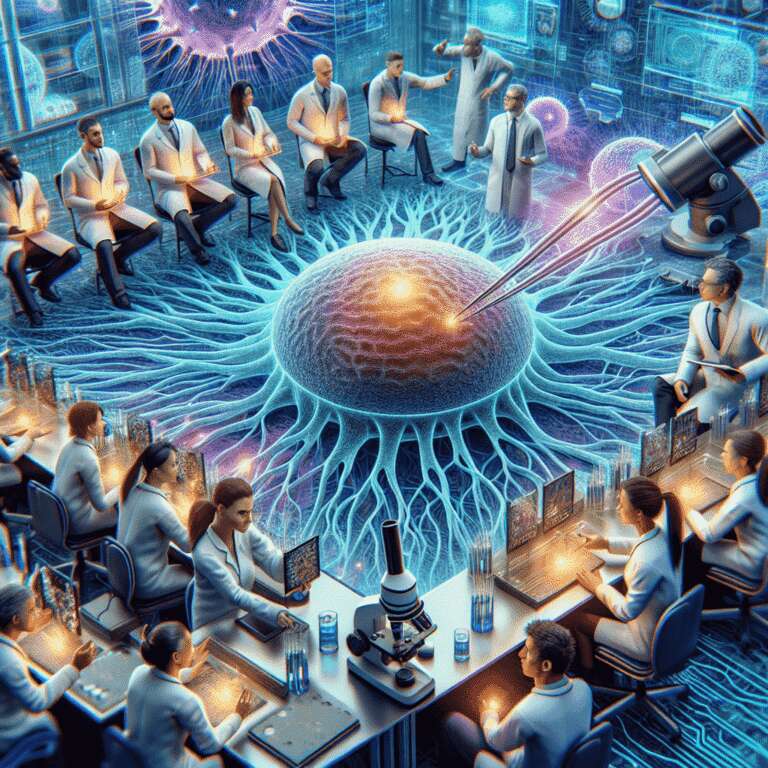Scientists have achieved a significant breakthrough by successfully merging human brain cells with electronic microchips. This innovative fusion creates a hybrid system, combining the computational power of electronics with the complex processing ability of biological neural networks. The result potentially heralds a new era of advanced computational systems that operate with energy efficiencies previously unattainable with conventional tech approaches.
The primary advantage of this biohybrid technology is its remarkable energy efficiency. Instead of relying on traditional models that consume considerable amounts of power, these innovative systems can leverage the natural processes of human brain cells. This not only reduces the energy footprint but also opens up possibilities for designing more sustainable and environmentally friendly computing solutions.
Beyond energy considerations, the integration of human neural cells with microchips offers exciting prospects for the field of Artificial Intelligence. By embedding the biological neurons into chip technology, researchers aim to enhance machine learning models with the brain´s natural ability to adapt, learn, and process information in parallel. This advancement could lead to the development of superior artificial systems, mimicking the adaptability and learning capacity found in living organisms.

